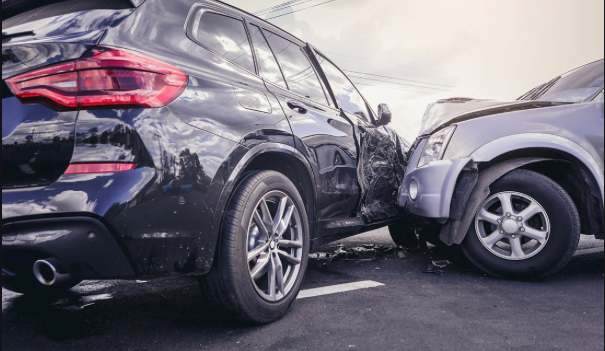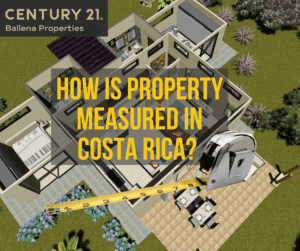Car Accident while in in Costa Rica – what to do?
If you are involved in a traffic accident in Costa Rica, the process is a bit different than that of North America. Here is what to expect, and how to handle the situation.
Driving in Costa Rica can be a challenge. It is about being aggressive enough to reach your destination and being prepared for a multitude of possible reactions of other drivers. It is about defensive driving at all times! There are narrow roads, hills, curves, rivers, not enough passing zones, etc.
If you end up in a traffic accident this is what you should do.
Step 1 – Keep Calm
You probably expected this one, along with the typical advice of never leaving the scene of an accident. While this is a hard fast rule in the United States, hit and runs are common in Costa Rica. If the other driver has left the scene, stay where you are and get an accident report from your insurer which is most likely INS and the police.
Step 2- No matter what…take many, many photos and videos of the scene. Get anyone, a bystander, to also take pictures and give you their contact information. This will become your proof, in case of a disagreement. If it is a hit and run, try to get a picture of the vehicle as it speeds away!
Step 3 – Don’t Move Your Vehicle
In Costa Rica vehicles involved in accidents are left where they are, until an inspection can take place. This is what those reflective triangles in your mandatory, emergency car kit are for. Place these triangles in intervals of about 15 feet to alert other drivers that they are approaching an accident. In the case of a blind corner or hazardous area, you could have an individual placed to flag vehicles and get their attention before coming right up on the scene.
Step 4 – Call 911
This might seem exaggerated if there are no visible injuries; but 911 will also coordinate the inspection with the Transito Police. These officers handle only traffic related incidents. They will come to the scene, perform a site inspection, and complete a report. If you call 911, the report is recorded and can be used later in case of a disagreement. For your Insurance, you need to have a police record!
Step 5 – Get the Facts and call your insurer.
After you finish taking photos of the scene, any contributing factors and the license plates of the cars involved; get names and contact information from any and all witnesses. It is not a good idea to argue with the other driver, or discuss the incident with any of the witnesses. Just get their information!
Most vehicles in Costa Rica are insured with the Instituto Nacional de Seguros (INS). Look in the glove compartment to confirm this and call their toll free number which is 800-800-8000. If you have another insurance provider, their contact details will be in the proof of insurance paperwork in the glove compartment.
Step 6 – Answer the questions of the Transit Police and provide your information.
While they may not speak English, just be patient and they will get someone that will be able to take your statement or ask any necessary questions. Note that it in most cases it could take, and most likely will take, a few hours for an official to arrive on the scene.
Step 7– Removing your vehicle from the scene.
Typically, the Transit Police will arrange for the vehicle to be transported to one of their yards. Depending on the severity of the accident you may be given the opportunity to remove the vehicle yourself, by organizing your own tow truck. If you have INS insurance there is a part of the policy that gives you ‘free tows” within a certain distance.
This may also be the time to consider whether or not you need an attorney. If you are unsure, you can consult an attorney and present your photos, copy of the incident report and your side of the events. They will help you to know what is your next best action.
Got a traffic ticket?
At the end of a Transit Police inspection, they may issue you a ticket. You have 10 business days to take action on this. This again may be where you want to consult an attorney.
If it is a regular traffic ticket, you can pay this at any bank. It usually takes a few days for the ticket to be put into the system. Many times, it never does show up – the Police officer does not put it in the system. But, keep checking! If it is in the system and you do not pay it, it will be charged on your next Marchamo / Annual Registration and there will be fines attached to it.
Driving in Costa Rica, requires you to use your defensive driving skills at all times. You cannot go on “autopilot” at any time. Roads are full of twists, turns, mountains and rivers, tourists in a hurry to get somewhere and then the “plain ole, crazy” drivers!
Drive safe out there.
To subscribe to our bi-monthly, informative newsletter click here!
Do you have a question about this blog, or real estate in Costa Rica? Feel free to contact us.



